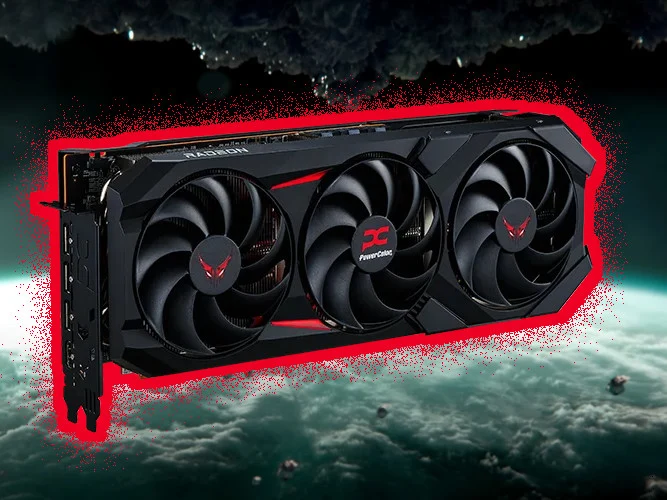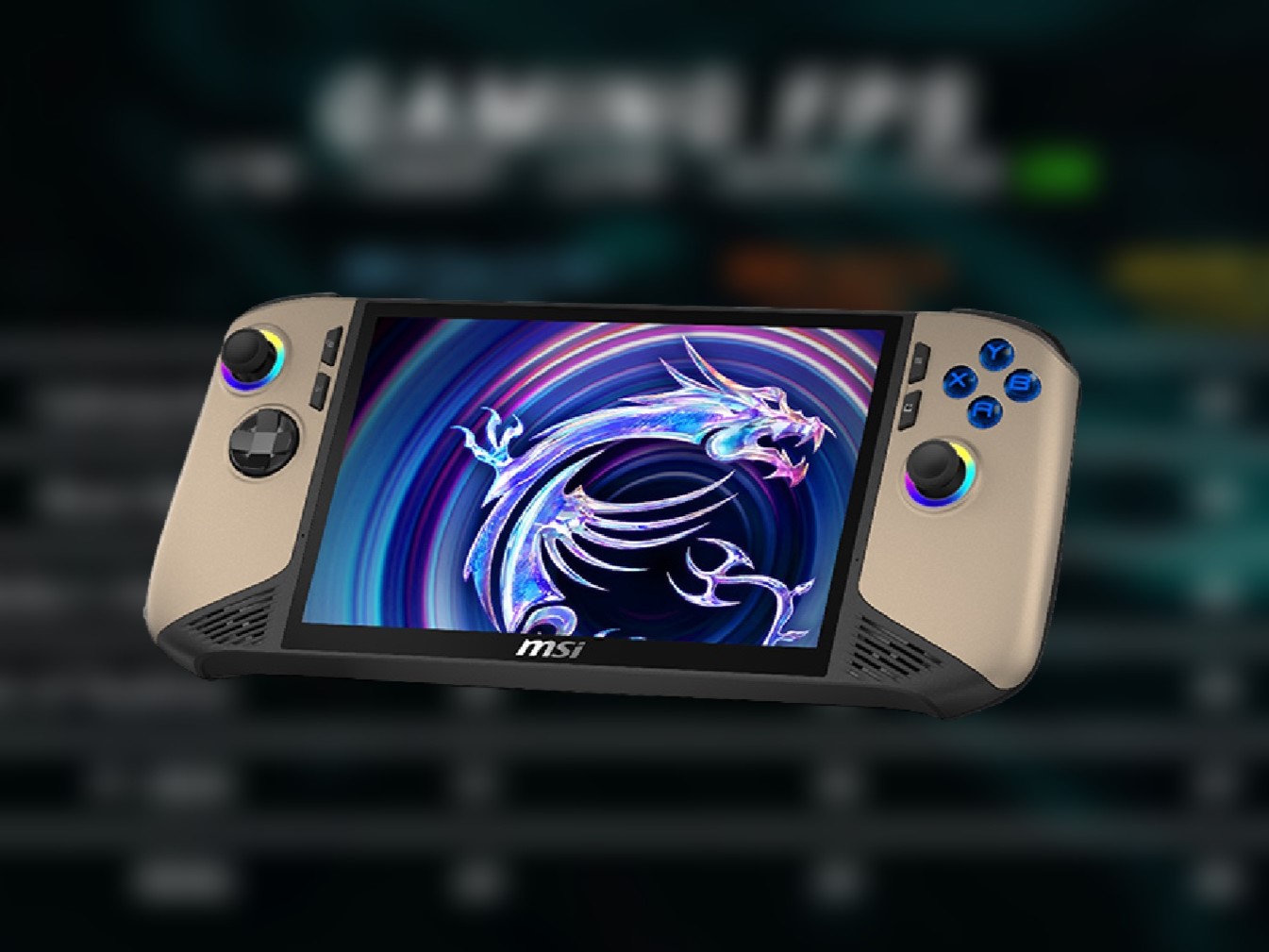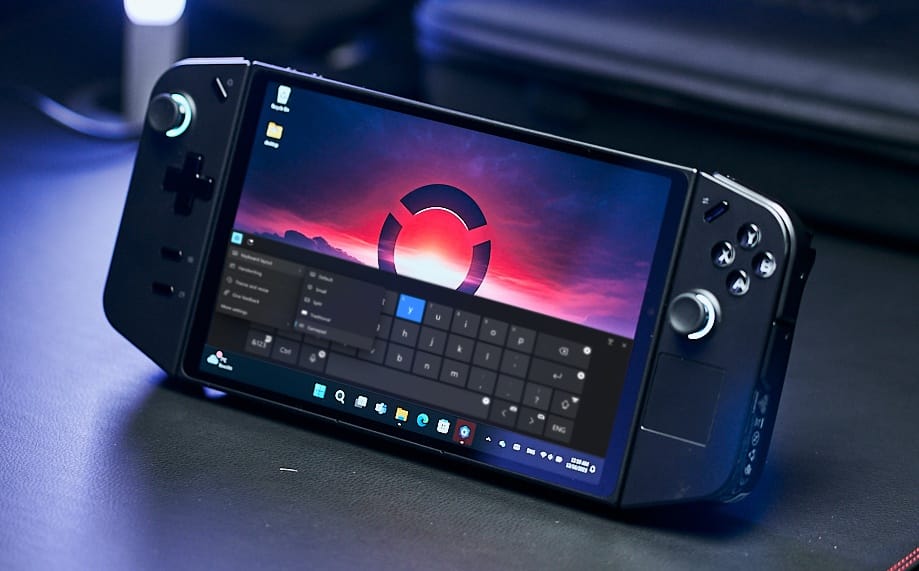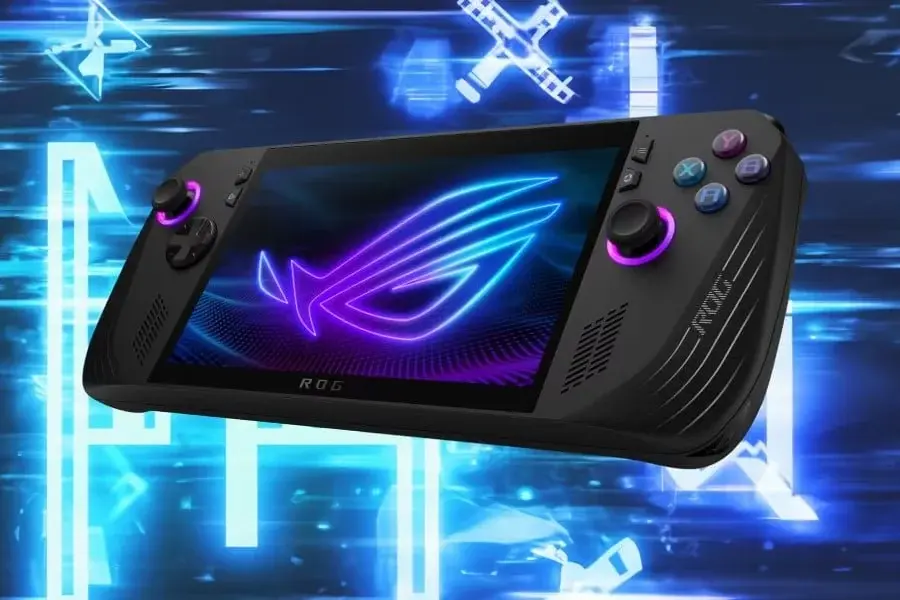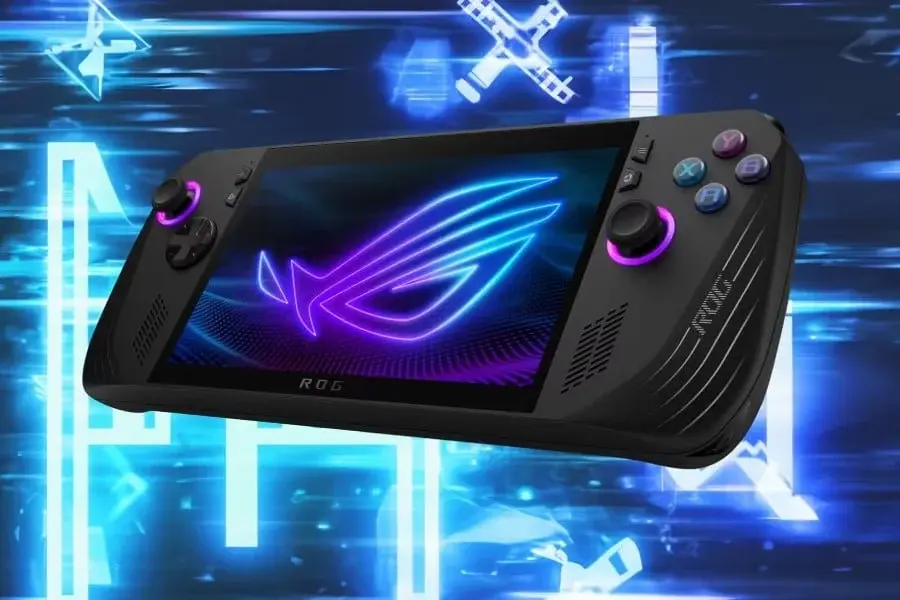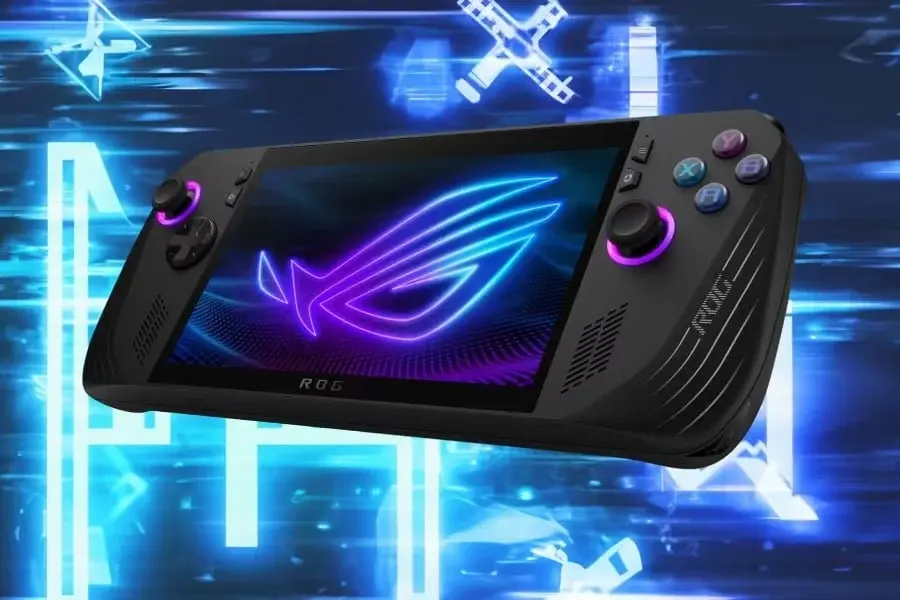Key Takeaways
1. The Radeon 780M was the fastest integrated GPU from AMD until the Radeon 890M was released in 2024, but few laptops with the 890M are expected.
2. A comparison chart of over 40 laptops with the Radeon 780M shows stable performance metrics, excluding mini PCs which generally perform better.
3. The Asus ROG Ally X is the top performer with the Radeon 780M, outperforming typical systems by 15% due to its superior CPU and RAM.
4. The HP EliteBook 865 G10 and EliteBook 845 G10 are among the slowest models with the 780M, running 40-50% slower than average.
5. The performance of integrated GPUs can be significantly affected by configuration, particularly the use of dual-channel memory instead of single-channel.
The Radeon 780M held the title of the fastest integrated GPU from AMD until the first half of 2024. Following this, it was replaced by the Radeon 890M. However, since most manufacturers are not expected to release many laptops featuring this GPU, our comparison chart below is likely to remain stable with little changes anticipated. The chart includes over 40 laptops from our database, all utilizing the same Radeon 780M GPU to compare their performance. It’s important to mention that mini PCs with the 780M are excluded from this list because they typically outperform the average ultra-thin laptop.
Unexpected Top Performer
Interestingly, the top-performing system with the Radeon 780M isn’t a bulky design or a large screen device. Instead, it’s a compact portable handheld designed for gaming on the move: The Asus ROG Ally X. The integrated GPU in this device operates around 15 percent quicker than the typical system in our database with the same 780M GPU. This enhanced performance is due in part to the Ryzen Z1 Extreme CPU and LPDDR5x-7467 RAM, both of which are superior to what most other AMD laptops provide.
Slower Alternatives
On the flip side, there are some of the most sluggish 780M models available: The HP EliteBook 865 G10 and EliteBook 845 G10. The performance gap is quite significant, with these models running about 40 to 50 percent slower than the average 780M for two primary reasons. First, these laptops are designed for business use, meaning they lack optimizations for gaming. Second, our test units are equipped with a single SODIMM module in single-channel mode, which greatly hinders the iGPU’s performance. It’s crucial to fill both SODIMM slots whenever possible to maximize the capabilities of the integrated GPU, regardless of which system you select.


